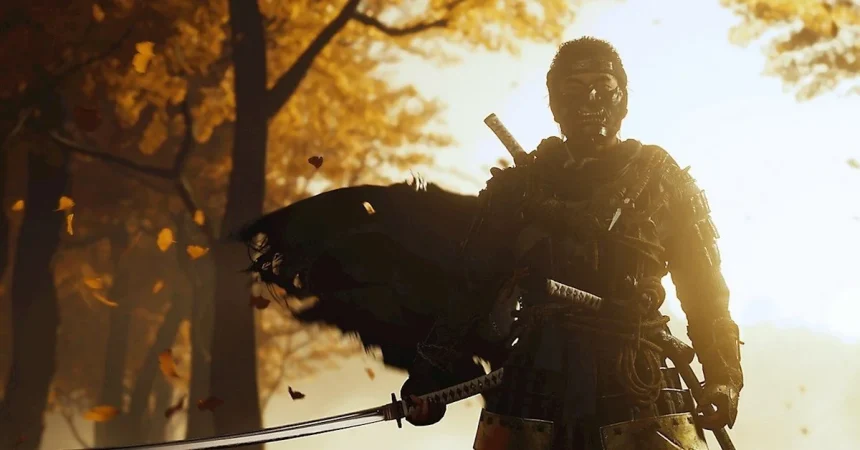An analysis by Kensaku Namera, an analyst with Nomura Securities, sheds light on why Ghost of Tsushima succeeded with Japanese players despite not being historically accurate. Namera argues that the game’s popularity in Japan stemmed from its focus on creating a compelling experience rather than strictly following historical facts. Ghost of Tsushima, he suggests, highlights how historical games set in Japan can resonate by prioritizing an engaging storyline and cultural depth.
In Ghost of Tsushima, elements from various periods coexist, such as samurai armor paired with haiku poetry, even though they originate from different times. Instead of viewing these as flaws, Japanese fans appreciated them as creative decisions that enhanced the narrative.
Namera believes this worked well because the artistic liberties appeared respectful, signaling a thoughtful portrayal rather than careless inaccuracies. This approach allowed players to appreciate the game’s atmosphere and story without feeling misrepresented.

A significant reason behind the game’s acceptance, according to Namera, is its avoidance of a Western-centered lens on Japanese history. Japanese audiences often reject portrayals that suggest Japan’s culture and history were influenced by Western ideologies. Ghost of Tsushima avoids this by focusing on Japanese perspectives, ensuring the game is more meaningful for Japanese players. This lack of foreign ideological influence helped the game feel more authentic and respectful, increasing its acceptance in Japan.
Sucker Punch Studios, the developers behind Ghost of Tsushima, also sought guidance from historians and cultural experts, which further grounded the game in Japanese history while allowing for creative freedom. These expert consultations added credibility to the game’s foundation, showing players that any historical liberties taken were intentional storytelling choices rather than unintentional errors. This approach fostered an environment where the game’s historical setting could be both immersive and flexible.
Namera concludes that historical games are most successful when they balance cultural respect with entertainment value rather than strict historical fidelity. For Japanese audiences, games like Ghost of Tsushima demonstrate that a deep understanding of culture and careful attention to presentation allow for artistic liberties that enhance enjoyment.
Namera expects this formula to continue in the sequel, Ghost of Yotei, where similar creative choices may once again draw on cultural understanding and intentional historical inaccuracy to offer a memorable experience.







